Morgan Motor Company was born in 1909 when its founder, Henry Frederick Stanley Morgan, decided to make his own cars in the town of Malvern, Worcestershire.
That year, he created the company’s first prototype of its iconic Three-Wheeler model – the Runabout, which was initially invented for his own personal use at the time. The one-seater Runabout was not originally intended as a commercial venture until the promising reaction to Morgan’s creation encouraged him to put the car into production.
A year later, the Runabout was unveiled at the 1910 Olympia Motor Show in London. Powered by a 7bhp Peugeot V-Twin engine mated to a tubular steel chassis, the light nature of the car meant it had a unique power-to-weight ratio of 90bhp per tonne; making it one of the fastest accelerating vehicles at that time.
The following year, a two-seater Runabout was launched, equipped with wheel steering for the first time and a hood. The car even attracted interest from the managing director of Harrods; as a result the car appeared in the shop window – the famous store becoming the first Morgan dealer to sell all Runabout models.
In 1912, Morgan Motor Company officially formed as a private limited company, with HFS Morgan as managing director and his father George Morgan, who had invested considerably in his son’s business, as its first chairman.
The car maker began flexing its competitive muscle when in 1913 it won the International Cyclecar Grand Prix at Amiens in France, beating strong opposition from many continental four-wheelers. That same year also saw a Morgan achieve the fastest time at the celebrated Shelsley Walsh Hill Climb at an average speed of 22mph. The three-wheeler model used became the basis for the Grand Prix, Aero and Sports models between 1913 and 1926.
Due to increased demand following these victories, in December 1913 HFS Morgan purchased a large plot of land on Pickersleigh Road – a quarter of a mile from the original Worcester Road factory - and proceeded to build two large workshops on the plot, to this day the site for the current plant and known traditionally as the 'Works'.
New models were being added to the Morgan range and in 1921 a four-seater family ‘Runabout’ was available for the first time.
In 1933, the Morgan F-4 debuted at that year’s Olympia Motor Show. Rather than the tubular steel chassis, the four-seater F-4 used a Z-section steel ladder-frame chassis mated to a four-cylinder Ford Sidevalve engine used in the Model Y. The F-4 was supplemented by the two-seater F-2 in 1935 with production of the Ford-engine three-wheelers continuing until 1952.

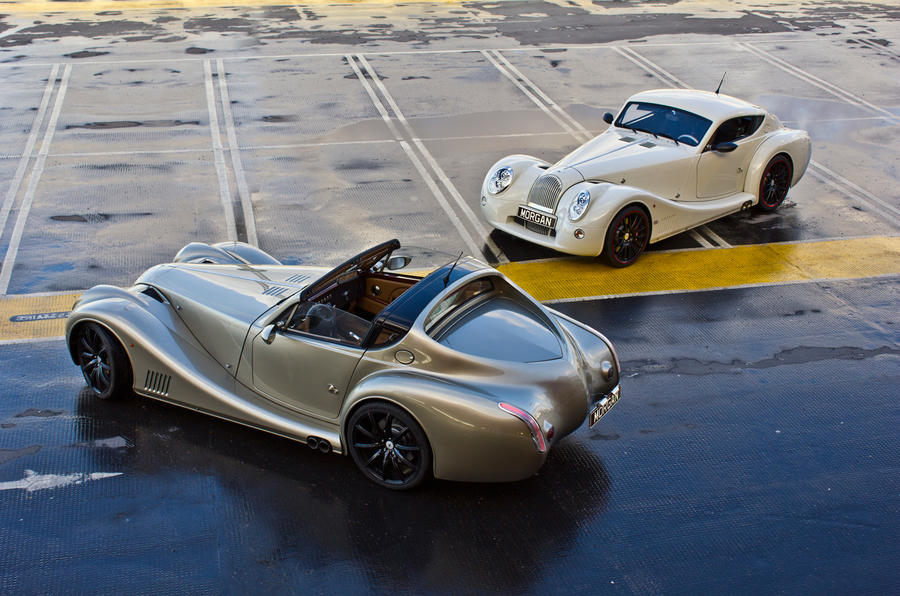
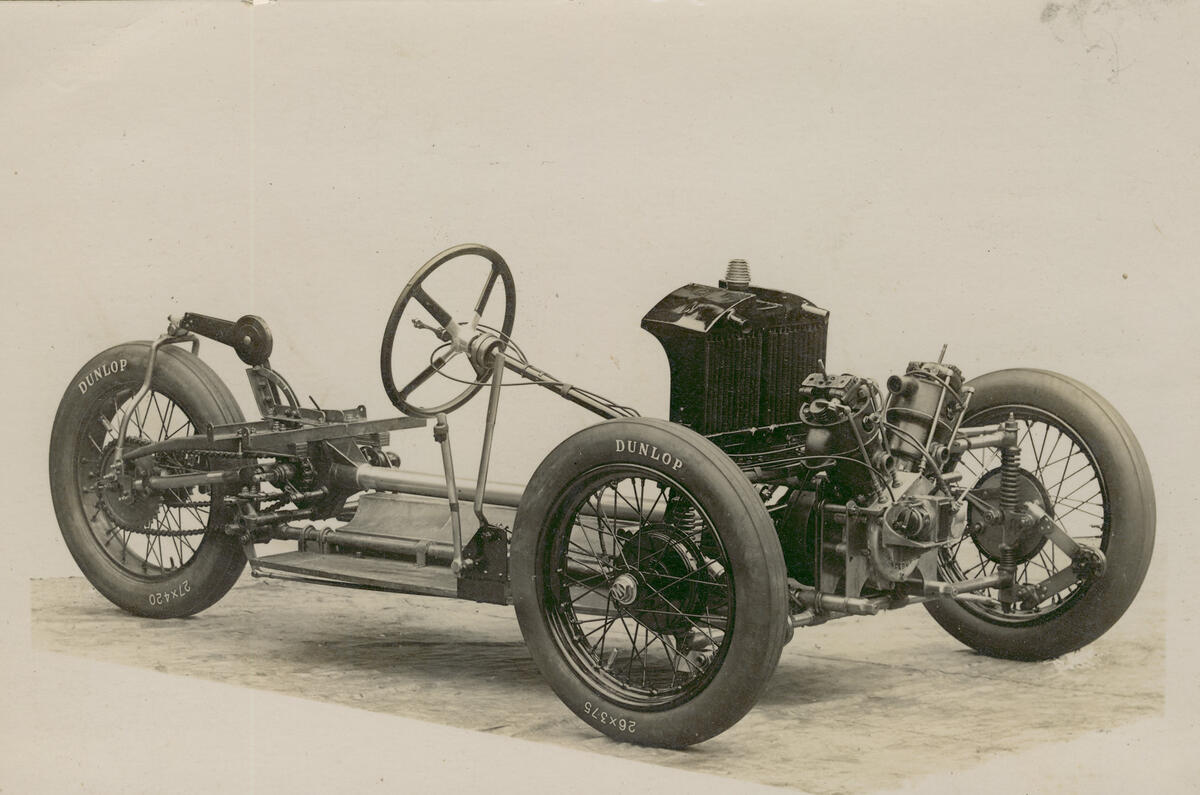







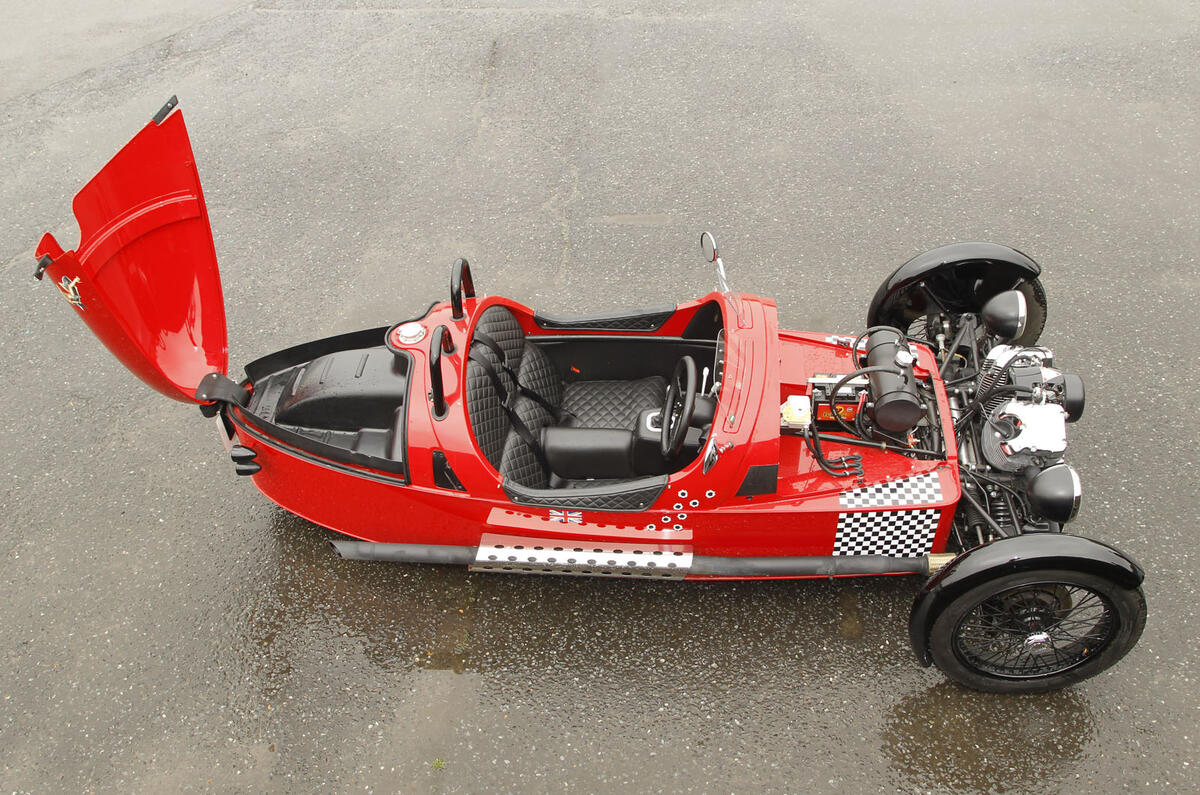








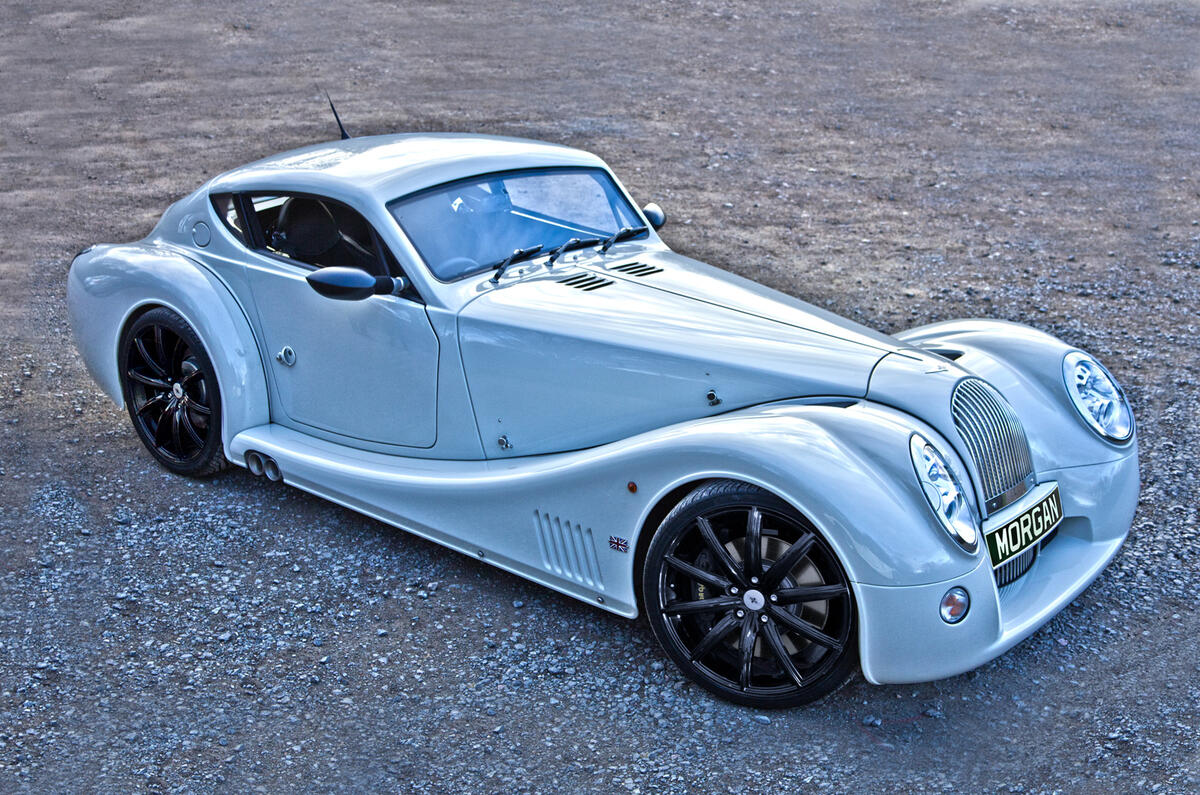

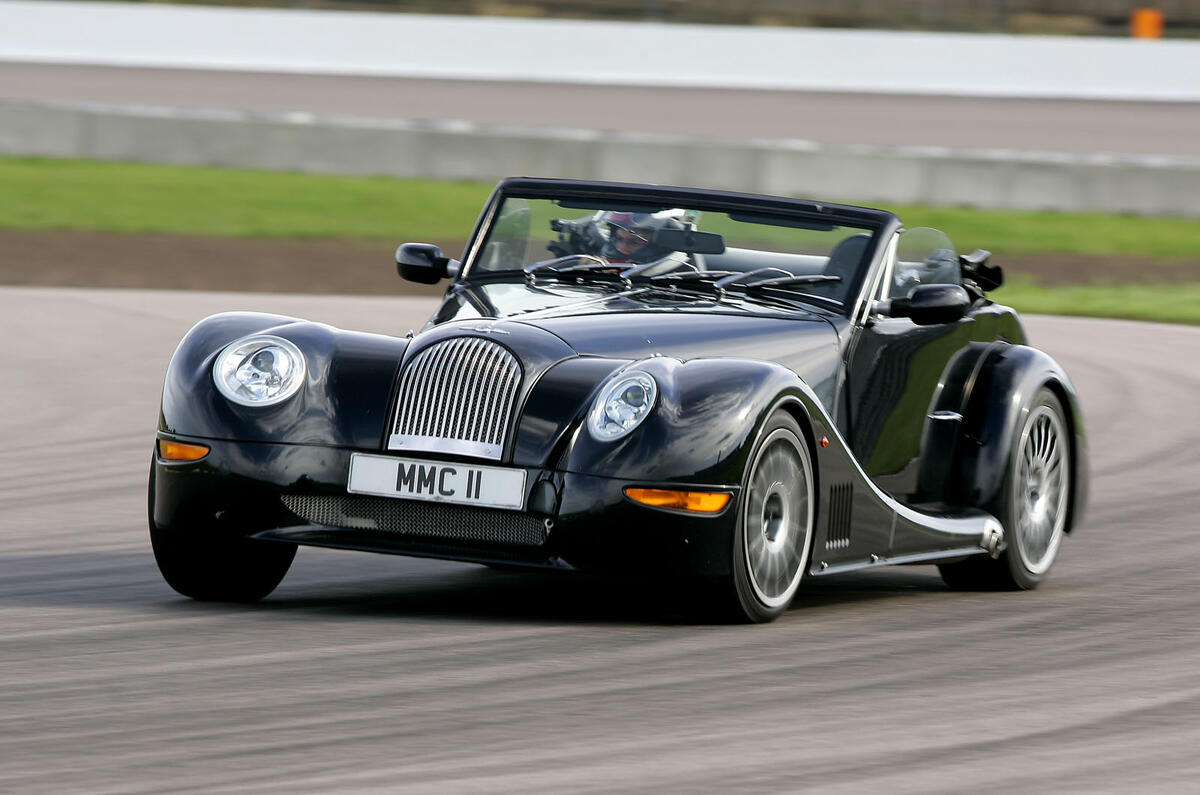




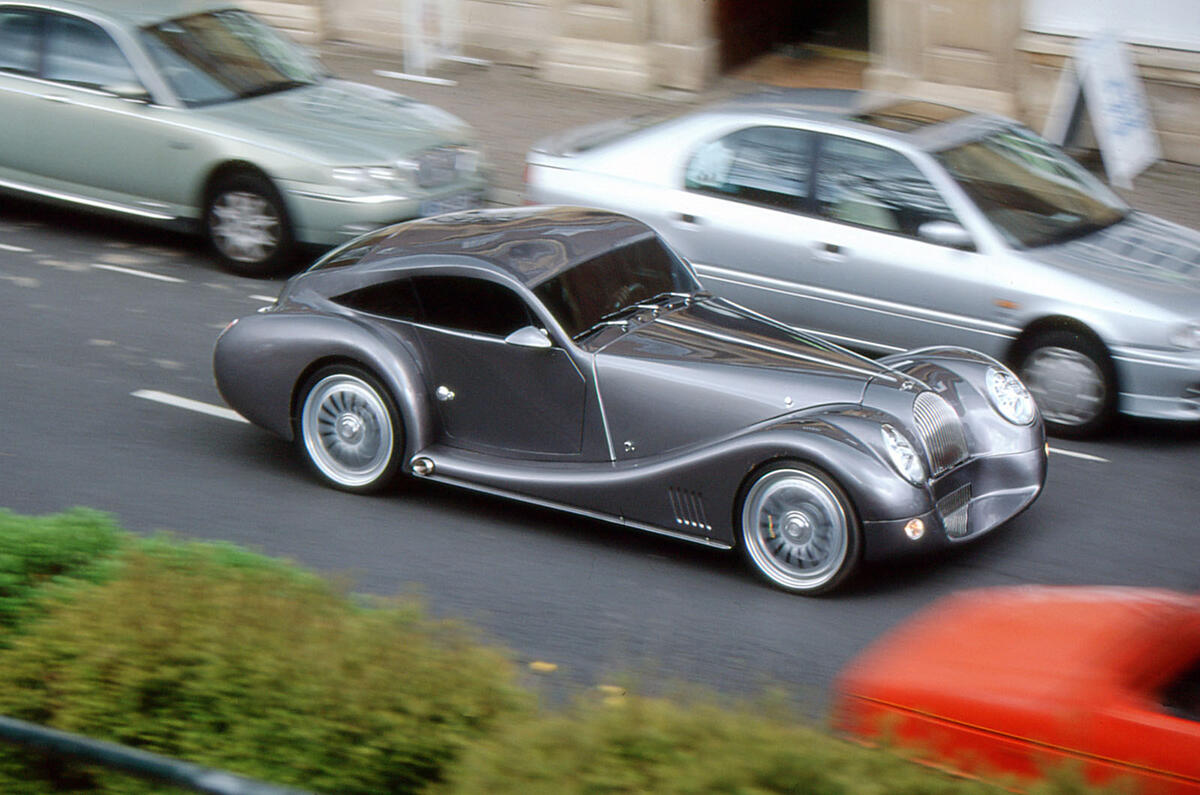
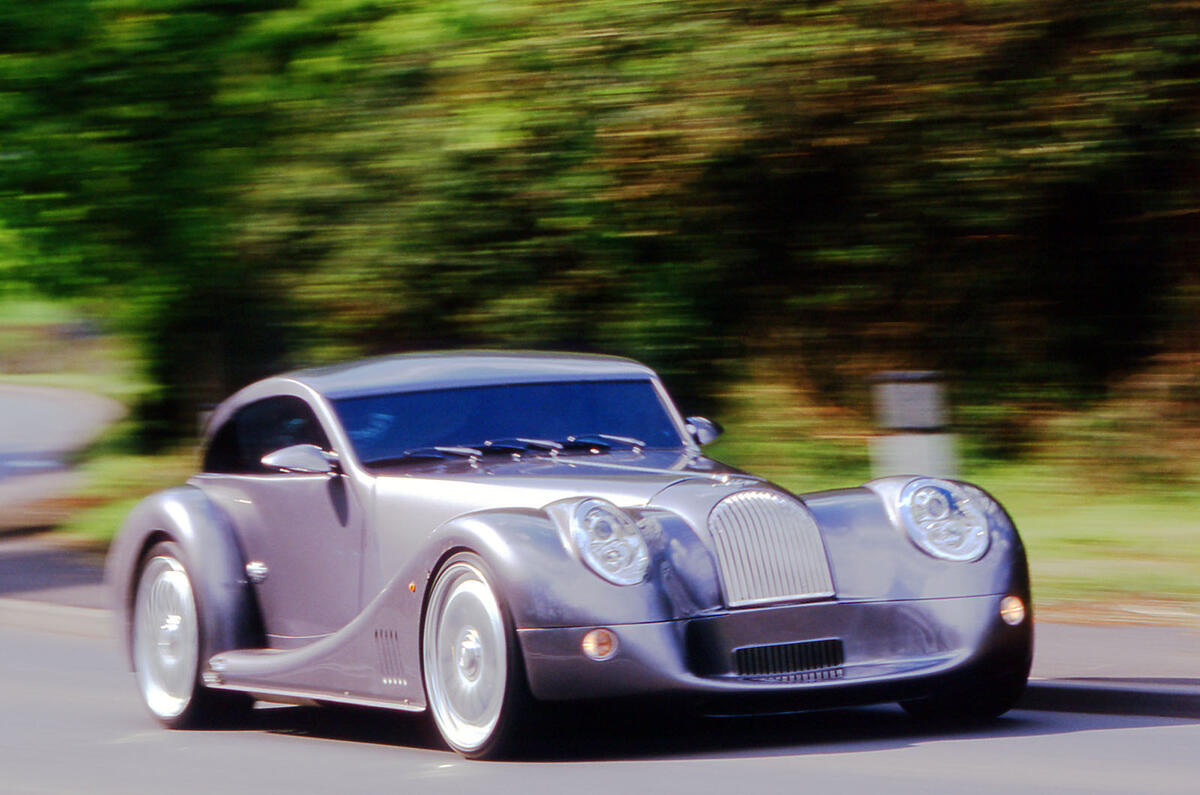


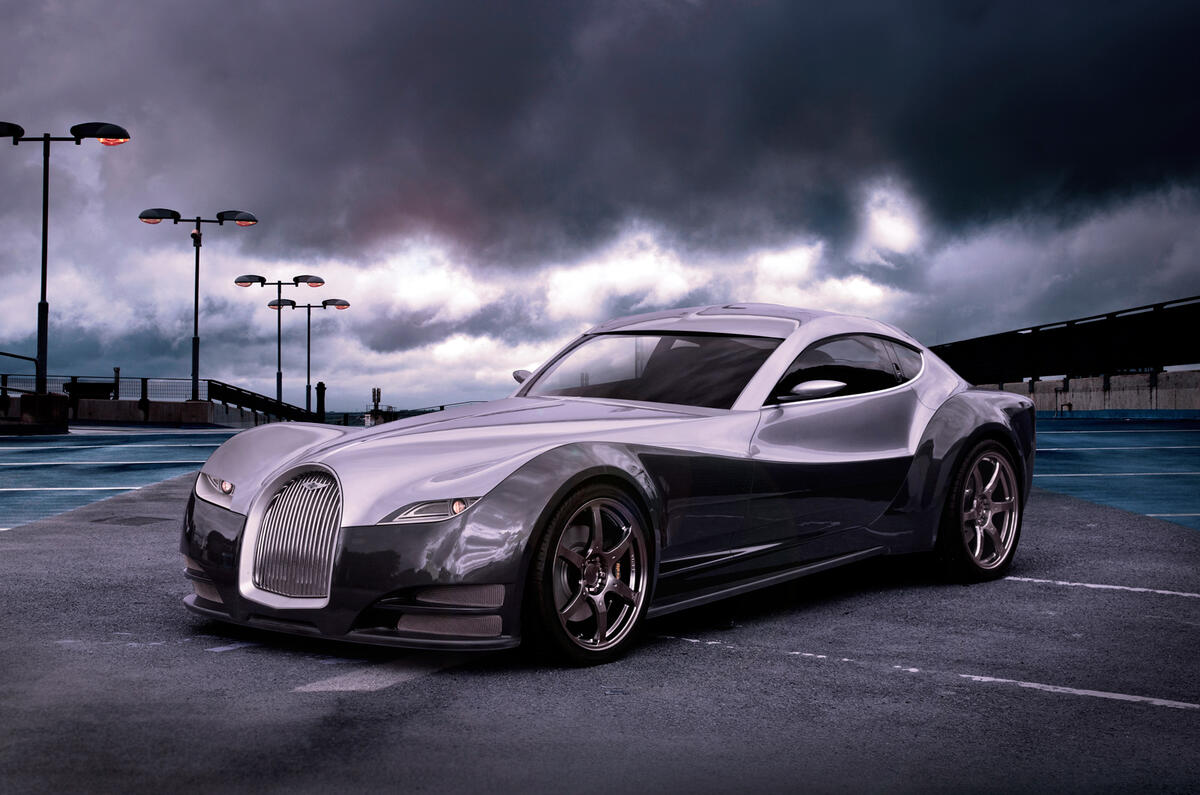
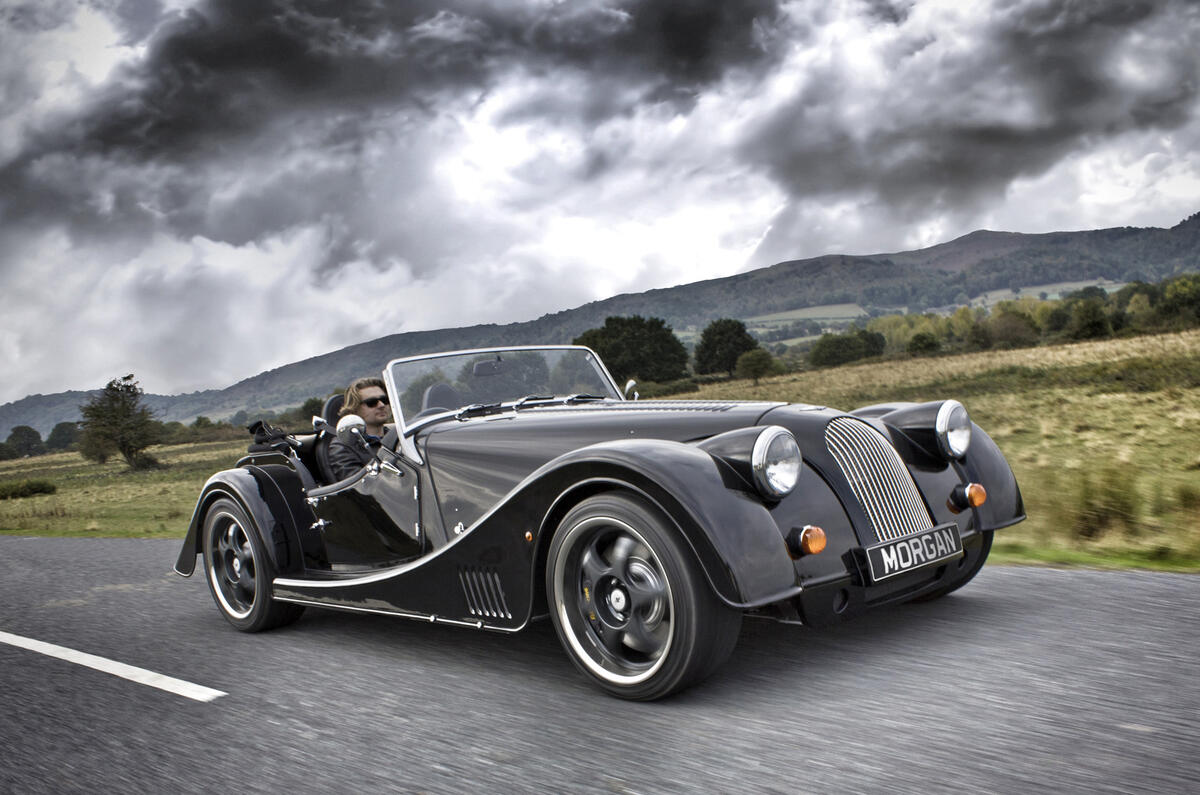








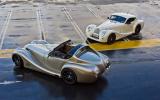









































Add your comment